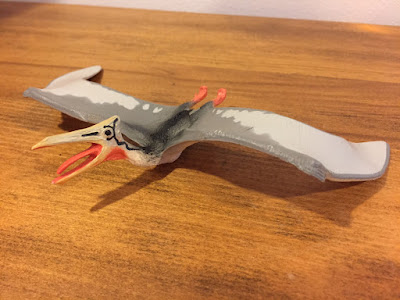Welcome to Dinosaur Mountain!
Be sure to visit the site's YouTube channel, Jurassic Plastic ! WHAT'S NEW: 3/28/2025: Added a new 1989 variant to the Apatosaurus page. 3/16/2025: Added a few new sightings to the Sightings page. 3/15/2025: Updated the Deinosuchus and Iguanodon pages with a newly recognized 2012 era variants. Added a new yellow dull wash Stegosaurus variant. 3/14/2025: Updates to the Allosaurus page including a new variant of mold 2. Slight tweaks to release date estimates - from here on, I will use earliest official photography to date major variant categories absent other evidence, rather than assuming release during the prior year. 2/14/2025: Updates some of the version info for Tyrannosaurus . and clarified mold versions for Deltadromeus. 1/11/2025: Corrected stamp information on Smilodon and Oviraptor (2007), added two newly recognized material variants of Smilodon. 8/2/2024: Even more updates to the Allosaurus ...



